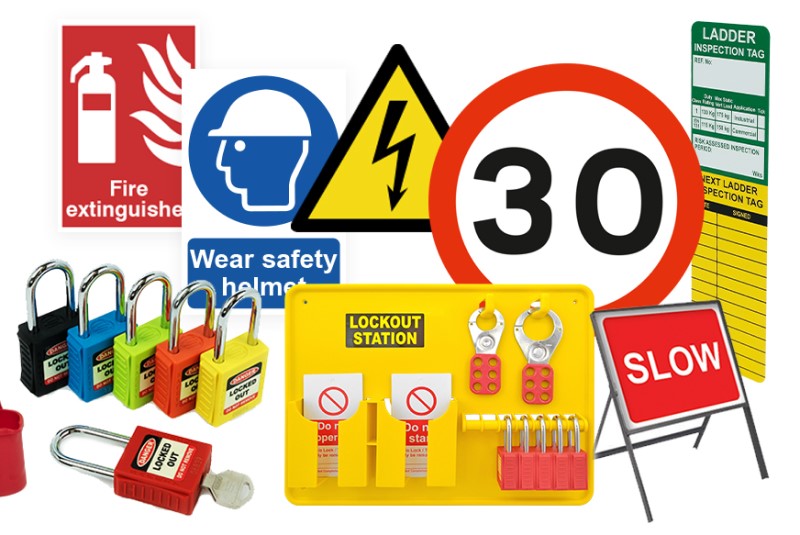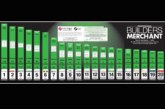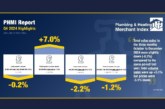
Health & safety signs have an essential role to play in preventing accidents and ill health by ensuring workers are aware of and alert to hazards at the point where a risk occurs. Spectrum Industrial comments on the importance of health & safety signs.
Latest HSE Statistics show that in 2019/20, there were 111 workers killed, with a further 693,000 workers sustaining non-fatal injuries. Meanwhile, an estimated 38.8 million working days were lost due to work-related illness and workplace injury at a cost of £16.2bn to the economy, while fines from convictions totalled £35.8 million.
The human and financial cost of accidents and ill health at work are clearly extremely high. Businesses found in breach of health & safety regulations may suffer significant damage to their reputation, and in some cases, bosses may even face a prison sentence. Organisations must therefore pay close attention to health & safety and regularly review their approach to identify opportunities for improvement.
The importance of health & safety signs
According to the Health and Safety (Safety Signs and Signals) Regulations, 1996 employers must use safety signs where significant risk to health and safety continues after all other relevant precautions have been taken.
Clear, compliant safety signage signals that health & safety is a high priority within an organisation and can contribute to a strong health & safety culture.
Specifying health & safety signs – mistakes to avoid
Recognising the importance of health & safety signs is the first step towards implementing an effective safety signage plan. The next step is to source appropriate and compliant safety signs, which is why it’s important to be aware that not all safety signage is created equal.
For example, it can be tempting to print safety signs off yourself, or source them from a generic supplier, but this can result in products which aren’t compliant.
Beware of the following issues which can occur where safety signs are bought from vendors who don’t have the appropriate level of expertise. Before ordering any safety signage, check that the vendor can ensure:
- The signage uses the right colours for mandatory, prohibition, hazard
- The right symbols have been used to ensure compliance legislation. (ISO Symbols)
- The use of appropriate fonts
- The right size of sign for viewing distances (How To choose the right sign)
- Clear and concise messaging
- The right material is used
- Best practice for safety sign usage
Once a business has selected compliant safety signage, they have a responsibility to keep notices clearly displayed, unobstructed and well maintained, as failure to do so could pose a significant danger if an emergency arises.
Don’t forget – it’s also essential that all members of staff understand what signs mean. View and download the What Signs Mean flyer here.
If you think there could be room for improvement in your safety signage plan, the best way to review your safety signs is to walk through your site and take a look. You can download the Spectrum Industrial Sign Audit tool here









